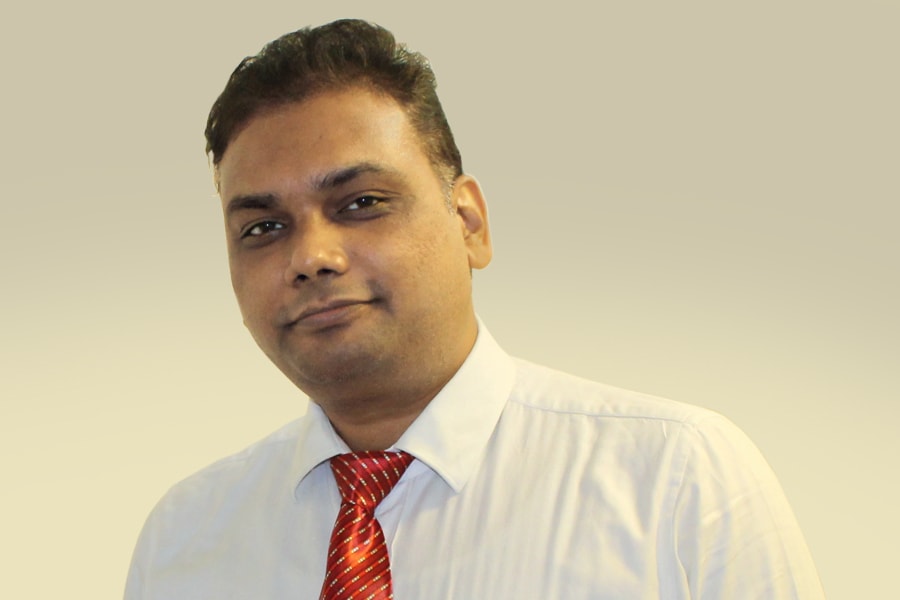
The Hair Revolution
MBBS. MD. (Dermatology), Medical Director of COZMAA Clinic in Lower Parel, Mumbai. Specialist in Skin, Hair, and Nail Diseases, Laser Treatments and Advanced Cosmetology Procedure like Botox and Fillers.

From childhood a constant memory of evolutionary process has been established in our minds, one with our ancestors with a hunched back and a club in his hand, gradually becoming straighter in gait and finally a modern man sitting on a computer. Sinisterly however he is also gradually losing hair. The prehistoric man had body covered in hair and modern man with hair on head and beard. The reality is that as we are progressing in evolution, we are losing more and more hair with each passing generation. Just look in our own family, every generation losing hair earlier, easier and faster, corresponding to our technological advancements. Welcome to the MATRIX of hair loss. Let’s dip into the complex world of hair loss and find some answers, find a solution for hair loss.
Of all the types of hair loss, the most common type in androgenetic alopecia (Natural baldness). It affects 90% men and up to 50% women in their lifetime. It is caused by a genetically determined and transmitted sensitivity of the hair to testosterone by-product also called Dihydrotestosterone (DHT). This DHT causes sensitive hair root to shrink, a phenomenon called Miniaturization of hair or Bonsai effect. The hair progressively becomes thinner and gradually disappears permanently leading to permanent baldness. A pattern thus evolves which in men is either frontal (loss of frontal hair) or vertex (loss of hair on top) or diffuse (loss all over), with grades ranging from grade 1 to grade 7 (most popular Hamilton- Norwood scale). The grade 1 is early loss and grade 7 is complete loss of hair. In women however it presents as a gradual widening of partitions, more in front than the back giving a typical Christmas tree pattern. Again classified as grade 1 to grade 3 (Ludwig grade). Before the solution let’s look at the causative factors and triggers.
Genetic and advancing age make up for 90% of the cause, the remaining 10% is made of small but significant factors called triggers. Stress is the most important of all the known triggers. Stress in form of either physical, mental, emotional, psychological factors can adversely affect hair. Other triggers include poor nutrition, hormonal issues or disturbances, smoking or tobacco use, dandruff, hard water etc.
So what is the Solution?




